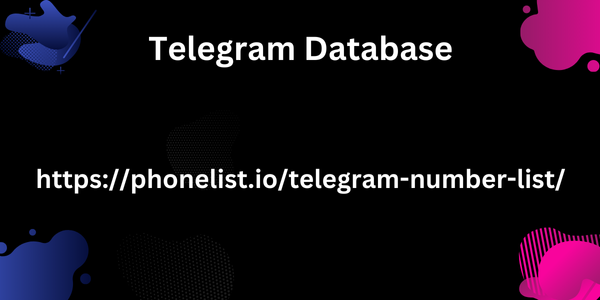In the modern landscape of sales and marketing, lead scoring has emerged as a pivotal technique for optimizing lead management and conversion. This method involves assigning a numerical value to each lead based on their behavior, demographics, and engagement levels. By quantifying the quality of leads, organizations can prioritize their efforts and allocate resources more effectively. This article delves into the intricacies of lead scoring, its benefits, and how agencies utilize it to enhance their operations.
Understanding Lead Scoring
Lead scoring is a systematic process used to rank prospects based on their potential to become customers. This ranking is usually done by assigning scores to leads based on various criteria, which can be broadly categorized into two types: demographic and behavioral.
1. Demographic Scoring: Demographic scoring evaluates a lead based on static attributes such as job title, industry, company size, and location. These factors help determine whether a lead fits the profile of a target customer. For instance, a lead from a Fortune 500 company may receive a higher score if your product is designed for large enterprises.
Behavioral Scoring
Behavioral scoring assesses a lead’s interactions with your brand. This includes actions such as visiting your website, downloading content, attending Telegram Database webinars, or engaging with social media posts. Leads who frequently interact with your content or show strong interest are typically scored higher.
3. Combining Scores: Most lead scoring models integrate both demographic and behavioral scores to provide a comprehensive evaluation of a lead’s potential. This combined score helps prioritize leads who are most likely to convert based on their fit and engagement levels.
The Lead Scoring Process
The process of lead scoring involves several key steps:
1. Defining Criteria: Agencies need to establish the criteria for scoring leads. This involves determining which attributes and behaviors are most SEO EBL indicative of a lead’s likelihood to convert. This step often requires collaboration between sales and marketing teams to ensure alignment on what constitutes a qualified lead.
For example, a lead who opens an email might receive a small score, while a lead who requests a product demo might receive a significantly higher score.
Implementing Scoring Models
Lead scoring models can vary from simple systems using basic criteria to complex algorithms incorporating machine learning. Agencies may use pre-built scoring models or develop custom models tailored to their specific needs.
This integration allows for automated scoring updates and ensures that sales teams have access to the most current lead information.
5. Regular Evaluation: Lead scoring models should be regularly and adjusted on performance and feedback. As market conditions and customer behaviors change, scoring criteria may to be to maintain accuracy.
Lead scoring enables agencies to focus their efforts on leads that are more likely to convert. By prioritizing high-scoring leads, sales teams can optimize their time and resources, leading to higher conversion rates and reduced sales cycle times.
Enhanced Lead Management
With lead scoring, agencies Asia Mobile Number Resource can categorize leads into different segments based on their scores. This segmentation allows for more targeted follow-up strategies, ensuring that each lead receives the appropriate level of attention.
3. Data-Driven Decisions: Lead scoring provides valuable insights into lead quality and behavior. Agencies can use this data to refine their marketing strategies, identify trends, and make informed decisions about where to invest resources.




